By Ken Taub
One could easily be forgiven for not knowing certain things.
While strolling along the moonlit shores of Riverhead’s Peconic Estuary or, closer to my home, at tiny Cordwood Park, on the back side of Stony Brook Harbor, you might come upon a prehistoric carousel of love. Yet watching the late spring mating circles of horseshoe crabs — at once peculiar and comical — an observer might never know how very significant these odd creatures are. One might not know, as I did not for many a year, that they have been on this Earth for so long that they survived five mass extinctions, an impressive feat for any earthling.
One might also be wholly unaware that people in surgery, those who receive stents or joint replacements, or the large numbers of us who get flu vaccines, take insulin or receive intravenously delivered chemotherapies or antibiotics are safer, free of dangerous endotoxins, thanks to the coppery blue blood of horseshoe crabs.
Really, who knew that one of our saving angels has not feathery wings but leathery hard carapaces, seven pairs of legs and a pointy tail with eyes on its underside. Tooling around the seashores, ocean shallows and estuaries for nearly 450 million years, and unchanged for over 300 million, they have been largely cancer-free and carefree — until recently.
Growing up on Long Island, one saw larger groupings of horseshoe crabs seemingly everywhere. But then their harvesting as bait had dropped measurably in the 1950s and ’60s, and their use as fertilizer had stopped decades before that. And while their local harvest has gone down significantly from the late 1990s, their numbers on Long Island and the waterways of the greater New York region show a continuing decline, according to both the Department of Environmental Conservation and the Atlantic States Marine Fisheries Commission.
However, in other parts of the East Coast, specifically the rich Delaware Bay region, the overall stock remains stable, while in the Southeast (North Carolina through Florida), indications are the numbers of horseshoe crabs have actually increased.
So, what has happened in our neck of the woods, and what can we do to ensure steady populations of these ancient arthropods whose abundant eggs are a great, life-saving food source for migrating birds, and whose special blood, once extracted, saves us? How, in short, do we return the favor?
The reasons for regional differences in stock abundance are many and depend as much on natural cycles as harvesting by fisherman and drug manufacturers (the majority of horseshoe crabs, once their blood has been extracted to produce limulus amoebocyte lysate, or LAL, are kept alive and returned to the waters).
One reason for our local decline is that other states — Maine, New Hampshire, New Jersey and Pennsylvania — have not harvested any horseshoe crabs since 2007. Yet there have been very few harvest moratoriums here in New York, and they are small and temporary. Horseshoe crabs are preferred by our local fishing fleets as bait for whelk, eel and conch. Apparently, neighboring moratoriums have made our crusty old co-inhabitants more valuable as a bait source here.
What can be done to keep their numbers steady? Increasingly, concerned citizens are encouraging the use of nylon and other mesh bait bags, which require only a tenth of the regular portion of horseshoe crab bait. It’s efficient, and it needs only further promotion. Others are looking to test alternative bait sources.
Scientists at the University of Delaware have developed such an alternative, and some individuals and groups, like Cornell Cooperative Extension in Riverhead, want to do a two-year test in our local waters. Some are considering breeding season moratoriums during the spring, while allowing the horseshoe crabs to be harvested come summer and fall, in prime fishing season. Others are calling for a full, multiyear halt on bait harvesting. Reporting pilferage of large numbers of horseshoe crabs — sometimes flatbed or small pickup truck-fulls— to the NY DEC can be helpful, as they will give out stiff fines to those who are caught.
Then there is this: Spreading the word in articles, classrooms, at eco-fairs, among fishing clubs and at town hall meetings in shore towns that these very old animals are very valuable; to us, in certain medicines and medical procedures. To the migrating wildlife and fish who feast on their larvae. To our local fishermen, a vital industry on Long Island for over 150 years. And, of course, for the horseshoe crabs themselves; their eons-long survival a testimony to adaptation, endurance and whatever spirit resides in such strange and remarkable beings.
Ken Taub, a longtime resident of St. James, now a volunteer with the Long Island Sierra Club Group, is a copywriter, marketing consultant, online journalist and editor and author.

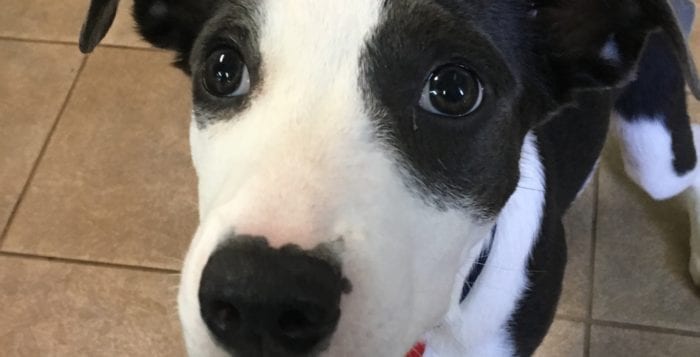

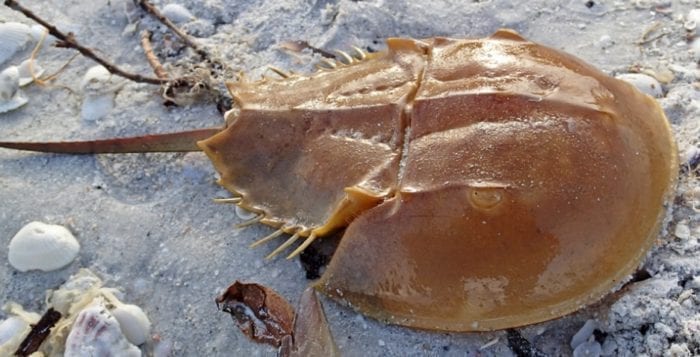
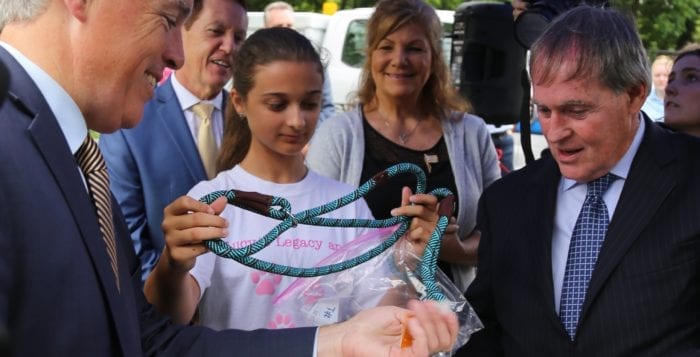
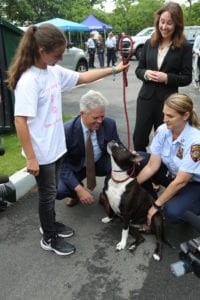
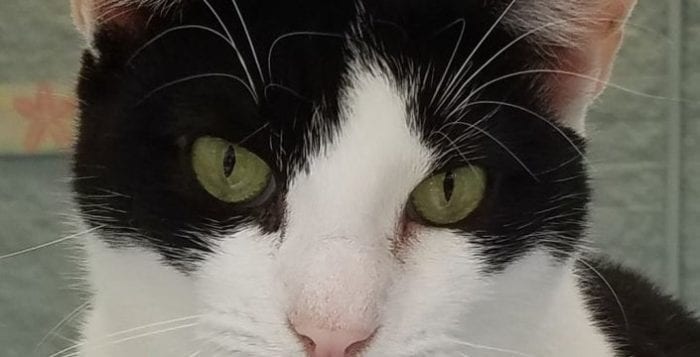
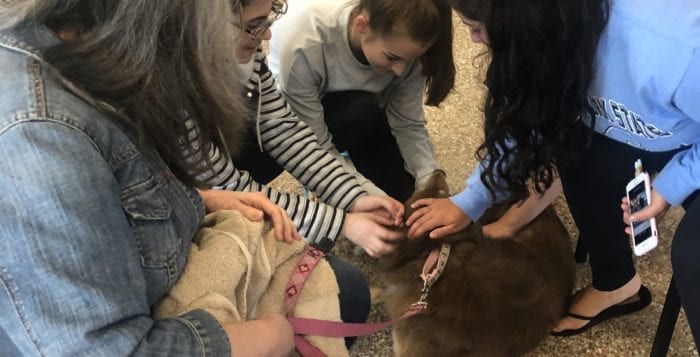
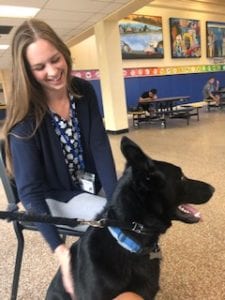
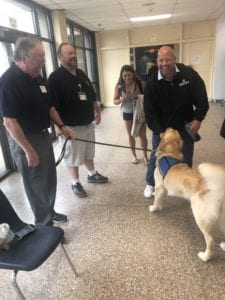
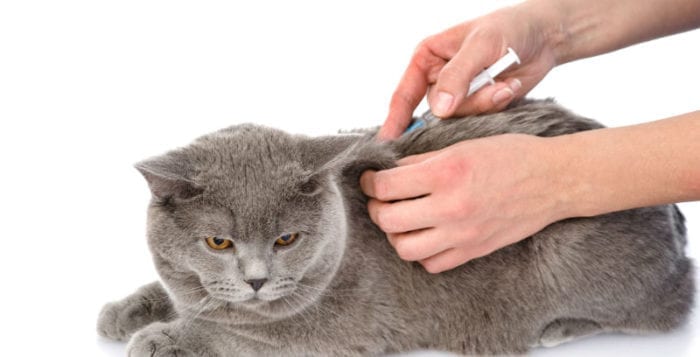

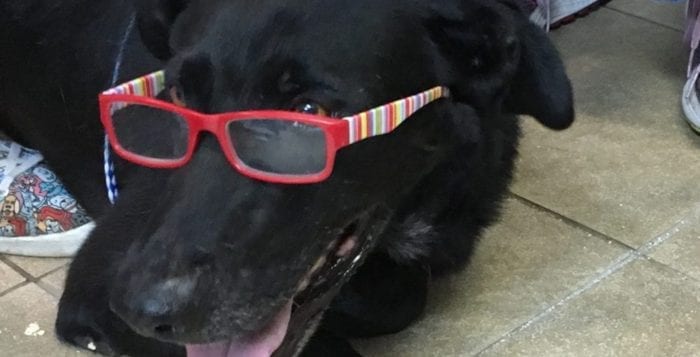
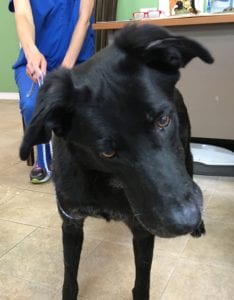 MEET MAY!
MEET MAY!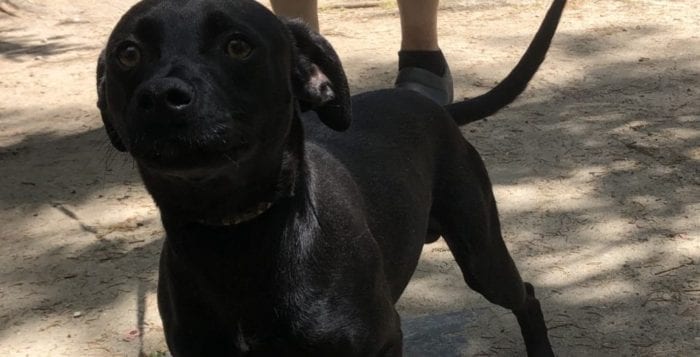
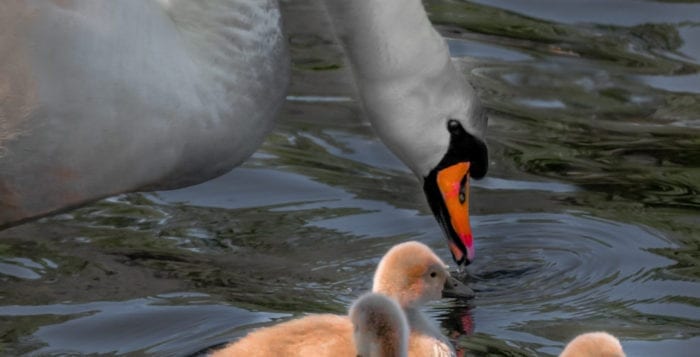
 SAFEGUARD
SAFEGUARD


